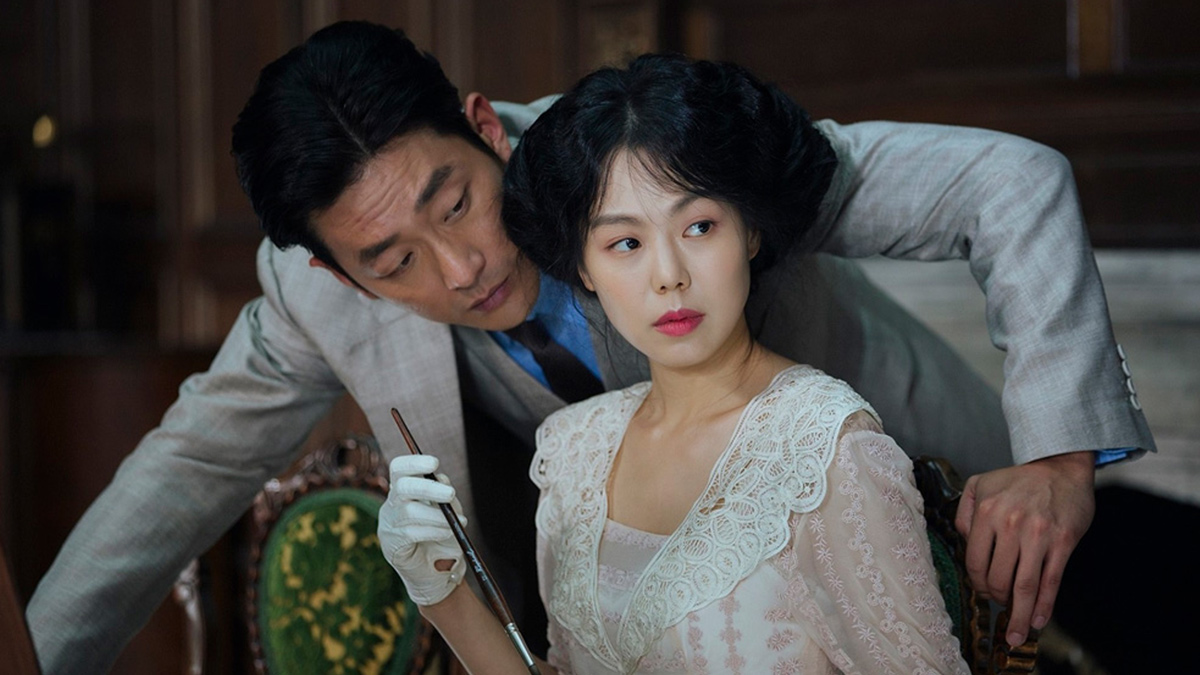
© 2016 CJ E&M CORPORATION, MOHO FILM, YONG FILM ALL RIGHTS RESERVED
“The Handmaiden” Park Chan-wook’s adaptation of the fairy tale of “Liberation” and “Empire” *Spoiler alert
2021.05.15
Escape from two empires
Apart from Hideko's suffering, Sukki, an orphan who grew up in a difficult environment, was looking for a place of her own outside the Korean peninsula. In other words, he was plotting to escape from the social hierarchy in which he was placed. Therefore, the task of infiltrating the Kozuki family coincided with the ``Earl'', who had a similar goal. As mentioned in the movie, the ``Earl'' is also a former man from Jeju Island (a servant working for an aristocratic family).
Regarding the reason for changing the setting from 19th century London to the Korean peninsula in 1939 for the adaptation, Chan-wook said, ``The Korean society (under Japanese rule) still had a hierarchical structure, but at the same time modernization was progressing.'' He said this was because he was there. The original work, `` Jing's Castle ,'' also has themes of social status and hierarchy, but ``The Handmaiden'' introduces multiple axes of conflict, such as Korea and Japan, empire and colony, and aristocrats and poor people. By setting the story in a time when many different cultures entered the country, regardless of the will of the nation or its people, the background that supports the story becomes even more expansive. Particularly effective was the modeling of the head of the Kozuki family, Hideko's uncle.
``Even under Japanese rule, there were intellectuals in the upper class who respected Japan.Nowadays, this might mean respecting America, France, or Germany.Before Japanese rule, there were intellectuals who respected Japan. The Korean peninsula has respected China for hundreds of years, and some of the ruling class and intellectuals of the time considered it a moral principle. They had internalized the idea of being subservient to others.Therefore, without being forced to do so, they spontaneously worshiped great power.Through Kozuki's uncle, I tried to depict these pitiful, sad, pitiful people. Although it is pathetic, they can be a great threat and a serious danger to the people of the same country."

“The Handmaiden” © 2016 CJ E&M CORPORATION, MOHO FILM, YONG FILM ALL RIGHTS RESERVED
As Chan-wook says, the man named Kozuki has a ``twist'' in that he is a Korean who admires the Japanese nobility, but is actually of no high status. The mansion's architecture, which is a fusion of Japanese and Western influences, is a direct reflection of its inner world. The study is a combination of a Western library, tatami mats, and a Japanese garden, and is also equipped with a mechanism to restrict people's access, and the basement displays the owner's desires exactly as they are. The Kozuki family mansion is, without a doubt, the world that its owner longs for.
In other words, at the root of the story ``The Handmaiden'' lie two ``empires.'' There was a large empire that ruled Korea at the time, and a small empire called the Kozuki family, which was built by a brutal patriarchy that admired its power. What they have in common is "power" or "violence," and in the play, that horror erupts in the form of men. For example, at the beginning, there is a soldier walking around town, Kozuki abusing Hideko, and the men in the audience watching Hideko read out an erotic novel... All are those who rule over others.
Hideko is ruled by the ``empire'' known as the Kozuki family, and Sukki is also oppressed by the social structure ruled by the ``empire.'' Therefore, the two aim to be liberated from the two empires, or in the play, from men. As mentioned above, Sukki and Hideko work together to overcome the Empire and advance beyond it. So, what happened to the empire that was left behind by these women, or in other words, the men?
Who will defeat “evil” in the end?

